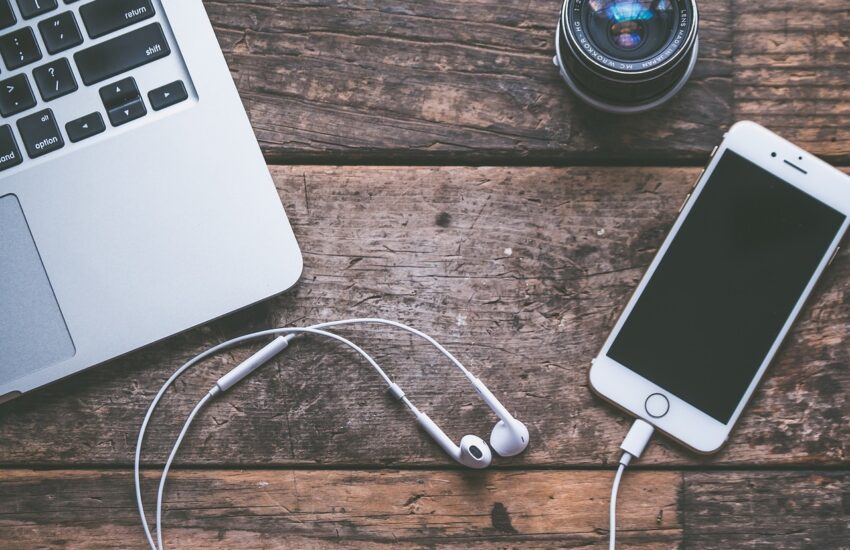In the ever-evolving world of smartphones, upgrading to the latest model is almost a rite of passage for many tech enthusiasts. But when it comes to trading in your current device, timing is everything. Whether you’re looking to maximize resale value, ensure functionality, or simply clear space for the newest gadget, knowing the right moment to part with your iPhone can make all the difference.
Here’s a guide to help you determine the best time to trade in your iPhone.
1. Timing Your Trade-In for Maximum Value
**Pre-New Release Period:**
Apple typically announces its new iPhones in September each year. Leading up to this announcement, the market often sees a dip in the prices of older models as anticipation builds for the new devices. If you aim to get the best price for your current iPhone, consider trading it in during the months leading up to the new release—typically June to August. Once the new model is announced, the value of older models can drop significantly.
**End of Summer:**
Another window of opportunity opens after the back-to-school season. Many students and parents purchase new devices during this period, which means there’s a higher demand for second-hand phones before the market adjusts to the new releases.
2. Condition Matters
**Check Your Device’s Health:**
Before trading in your iPhone, assess its condition. A device in good working order with minimal wear and tear will fetch a better price. Consider addressing any issues such as cracked screens, battery problems, or software glitches. Even if repairs cost money, they may increase the resale value enough to cover the expenses and then some.
**Backup and Erase Data:**
Ensure you back up all important data and erase the device completely before trading it in. This protects your privacy and ensures that sensitive information is not left behind.
3. Seasonal Demand Fluctuations
**Holiday Season:**
The holiday season can also be a prime time to trade in your iPhone. Many people are looking for gifts, and a good-quality used iPhone can be an attractive option. However, supply often increases during this period, which might affect the resale value negatively.
**Tax Season:**
In early spring, people often have extra cash from tax returns and may be more willing to upgrade their devices. Trading in during February or March could catch buyers looking to spend their refunds.
4. Personal Circumstances
**Changing Needs:**
Consider whether your current device still meets your needs. If you find yourself frequently running out of storage or struggling with performance issues, it might be time to upgrade. Similarly, if you’re moving into a new phase of life—like starting a new job or going back to school—an upgraded device could enhance your productivity and convenience.
**Financial Considerations:**
If you’re facing financial constraints, trading in your current iPhone could provide funds to help cover expenses or invest in other necessities.
Conclusion:
Trading in your iPhone is not just about timing; it’s also about aligning the decision with your personal circumstances and financial goals. Whether you choose to trade in your device before Apple’s annual release, during seasonal demand spikes, or based on changes in your own life, doing so strategically can help you get the most out of your investment. By keeping these factors in mind, you can ensure that the transition to a new device is both seamless and beneficial.
With the right approach, dealing with old phones can be easy, profitable, and eco-friendly. Consider your options and choose the one that works best for you, and don’t hesitate to reach out to GBuyBack for a fast and simple trade-in experience.


